Unlocking the secrets of YouTube earnings, this article explores how much YouTubers get paid, offering a comprehensive guide by HOW.EDU.VN. Discover the various factors influencing income, from ad revenue to sponsorships, and learn how content creators turn views into real money. Ready to discover the financial side of being a YouTuber?
1. YouTuber Earnings Based on Channel Size
Subscriber count is a crucial factor that significantly increases a creator’s earning potential on YouTube. While it doesn’t directly translate into a fixed income, a larger subscriber base leads to more video views, greater engagement, increased clicks on affiliate links, and more opportunities for sponsorships. YouTube’s algorithm often favors larger channels, further enhancing their visibility and potential to attract new viewers. Although niche, engagement rate, and monetization strategies also play significant roles, here’s a breakdown of potential income based on channel size:
-
Beginner YouTuber: 1,000+ Subscribers
Most YouTubers in this bracket earn between $30 and $300 per month, depending on their niche and country. Reaching 1,000 subscribers is a significant milestone, unlocking eligibility for the YouTube Partner Program, allowing creators to monetize their content through AdSense. According to https://timqueen.com/youtube-number-of-channels/, only 9% of YouTube channels reach this milestone. At this stage, AdSense is the primary revenue source, and sponsorship opportunities are rare.
-
Mid-Range YouTuber: 100,000+ Subscribers
YouTubers in this bracket earn approximately $500 to $1,500 per month, with some earning $5,000 or more. Achieving 100,000 subscribers marks a significant step towards becoming a professional YouTuber. Only 0.3% of YouTube channels reach this level. At this stage, creators often consider transitioning to part-time or full-time content creation. Brand deals, paid collaborations, and sponsorships become more common. Earnings vary widely based on niche, video views, and diversified income streams.
-
Famous YouTuber: 1 Million+ Subscribers
The highest-paid YouTubers typically have at least 1 million subscribers. Monthly AdSense revenues can range from $10,000 to $100,000. Individual videos can generate $20,000 to $50,000 each through sponsorships, brand deals, merchandise sales, and product sales. Annual revenues are often estimated in millions of dollars. These top creators often operate multiple channels and build brands around their personas. According to https://riverside.fm/blog/youtube-growth-tips, their earnings often support entire teams of editors, screenwriters, marketers, and other professionals.
-
YouTube Stars: 50 Million+ Subscribers
At this level, earnings are astronomical, with annual incomes reaching tens of millions of dollars. Only 30 YouTubers worldwide have over 50 million subscribers. These individuals are the platform’s true stars and celebrities.
2. YouTube Partner Program: The Gateway to Monetization
The foundation of YouTube monetization is the YouTube Partner Program (YPP), also known as AdSense. This program enables content creators who meet specific criteria to receive payments for their videos.
To become a YouTube Partner and qualify for monetization, you must meet the following requirements:
- Subscriber and Watch Hour Thresholds: Accumulate at least 1,000 subscribers and 4,000 valid public watch hours within the past year (excluding Shorts), OR achieve 10 million valid public YouTube Shorts views within the last 90 days.
- Adherence to YouTube’s Policies: Agree to YouTube’s terms and conditions and comply with its monetization policies.
- Community Guidelines Compliance: Maintain a channel free from active Community Guidelines strikes.
- AdSense Account: Possess a valid Google AdSense account linked to your YouTube channel.
- Approval Process: Successfully pass YouTube’s review and approval process to ensure compliance with all criteria.
The amount a YouTuber earns through AdSense is directly related to the number of views their videos receive. Estimating the value of each view involves understanding various factors, including CPC, CPM, and RPM.
2.1 Understanding CPC, CPM, and RPM
YouTube shares 55% of ad revenues with its partners. To comprehend how this translates into earnings, it’s essential to understand the following metrics:
- Cost Per Click (CPC): Advertisers pay only when a viewer clicks on their ad.
- Cost Per Mille (CPM): Advertisers pay for every 1,000 ad impressions. An ad impression occurs when a viewer watches the ad for at least 30 seconds or its entire length if the ad is shorter than 30 seconds, as stated by Google Ads Help.
- Revenue Per Mille (RPM): This represents how much a YouTuber earns per 1,000 views after YouTube takes its cut. RPM is calculated based on both CPC and CPM.
Here’s an example:
Assume your YouTube video receives 5,000 views. Half of these views result in ad impressions with a CPM of $10, and 100 viewers click on the ad with a CPC of $0.5.
- CPM Earnings: 2,500 impressions x $10 / 1000 = $25
- CPC Earnings: 100 clicks x $0.5 = $50
- Total Earnings: $25 + $50 = $75
- After YouTube’s 45% Cut: $75 x 0.55 = $41.25
- RPM: $41.25 / 5 = $8.25 per 1,000 views
With an RPM of $8.25, 5,000 views per day would generate approximately $1,238 per month.
3. Factors Influencing YouTube Monetization
The number of views is critical for earning money on YouTube, but other factors significantly impact a YouTuber’s income.
3.1 Video Length
Longer videos offer more opportunities for ad placements, leading to increased ad revenue. Pre-roll ads (at the beginning) and mid-roll ads (in the middle) generally have higher payouts compared to post-roll ads (at the end). However, video length also affects engagement. Longer videos can capture more viewer attention, while shorter videos may attract new followers and increase subscriber numbers more quickly. Creators must balance these factors based on their content and audience preferences.
3.2 Content Type
Certain types of content lend themselves better to long-term monetization. Tutorials, like “How to change your car battery,” can attract views for years, generating steady ad revenue. Evergreen content is often associated with higher watch times, positively impacting ad impressions and overall earnings. Podcasts and live streams, especially those focused on current events, can generate short-term revenue and traction on social media, potentially increasing subscriptions. However, the number of views tends to decrease once the event concludes.
3.3 Niche and Demographics
Some niches, such as technology and personal finance, attract higher advertising prices, resulting in better CPC and CPM rates. Conversely, cooking, travel, or humor channels typically have lower RPMs. Demographics also play a crucial role. For example, gaming content often attracts younger viewers who may be less likely to spend money on products or watch ads without skipping them.
3.4 Geographic Location
Advertisers are willing to pay more to reach audiences in high-spending regions like North America and Europe. Market size also matters, as countries with more YouTube users provide a larger audience for videos. According to https://timqueen.com/youtube-number-of-channels/, the U.S. market, with 247 million high-paying users, is highly appealing. However, markets like India, with 467 million active users, are also significant. Successful YouTubers often make their content accessible to a broad audience by using multiple subtitles. Tools like Riverside facilitate the automatic generation of captions and subtitles in over 100 languages, allowing creators to download them as SRT files and upload them to YouTube.
4. Diversifying Income Streams
Full-time YouTubers typically diversify their income streams beyond YouTube ads. Additional sources of revenue include:
4.1 Affiliate Marketing
Affiliate marketing is a prevalent monetization method on YouTube. Creators tag relevant products in their videos, advertise them, and embed affiliate links in their video descriptions. They earn commissions, ranging from 5% to 50%, for each purchase made through their links. This feature is generally available for YouTube channels with at least 15,000 subscribers. While official affiliate marketing earnings statistics are scarce, many creators report substantial income even with smaller channels (under 50,000 subscribers).
4.2 Personal Merchandise
YouTubers who have cultivated a strong connection with their audience often sell branded merchandise. This can include mugs, t-shirts, plushies with their logos, or dedicated products. For example, Kimono Mom, a Japanese YouTuber with over 3 million subscribers, sells her own umami sauce and kitchen appliances.
4.3 Channel Memberships and Crowdfunding
YouTube’s Channel Membership feature allows viewers to support creators with recurring revenue. For a monthly fee, supporters receive perks like animated Super Stickers, priority Super Chat messages during live streams (YouTube live streams), or early access to new videos. YouTube takes a 30% cut of channel membership fees. Creators can also use platforms like Patreon to receive money through tips, donations, and subscriptions. Paying members often receive exclusive content as a thank you for their support. For example, gaming YouTuber Josh Strife Hayes thanks his supporters by displaying their names at the end of his videos.
4.4 Digital Products and Business Services
Some creators use their YouTube channels to showcase their expertise and market their consulting or coaching services. Neil Patel, owner of a prominent digital marketing agency, uses his channel of 1.29 million subscribers to post short videos about SEO techniques and digital business advice, supporting his business goals.
4.5 Brand Sponsorships
Popular YouTubers often increase their income through brand sponsorships. Influential creators strike brand deals to promote products and services, ranging from product placements to full partnerships. They may also be paid to run brand campaigns on social media platforms or speak at conventions. Payments vary based on popularity, niche, and the type of collaboration. For example, Riverside recently partnered with Premiere Gal, a popular YouTuber with 500,000 subscribers known for her video editing tutorials.
5. Highest-Paid YouTubers in 2024
To understand the maximum earning potential on YouTube, it’s insightful to examine the incomes of the top stars. Here are the top 3 highest-paid YouTubers in 2024, with estimated annual incomes based on publicly available data:
| Rank | Channel | Subscribers | Topic | Estimated Annual Income |
|---|---|---|---|---|
| 1 | MrBeast | 314 million | Challenges, Philanthropy | ~$700 million |
| 2 | Jeffree Star | 15.8 million | Makeup, Beauty, Vlog | ~$200 million |
| 3 | Like Nastya | 120 million | Kid content, Toy Reviews | ~$106 million |
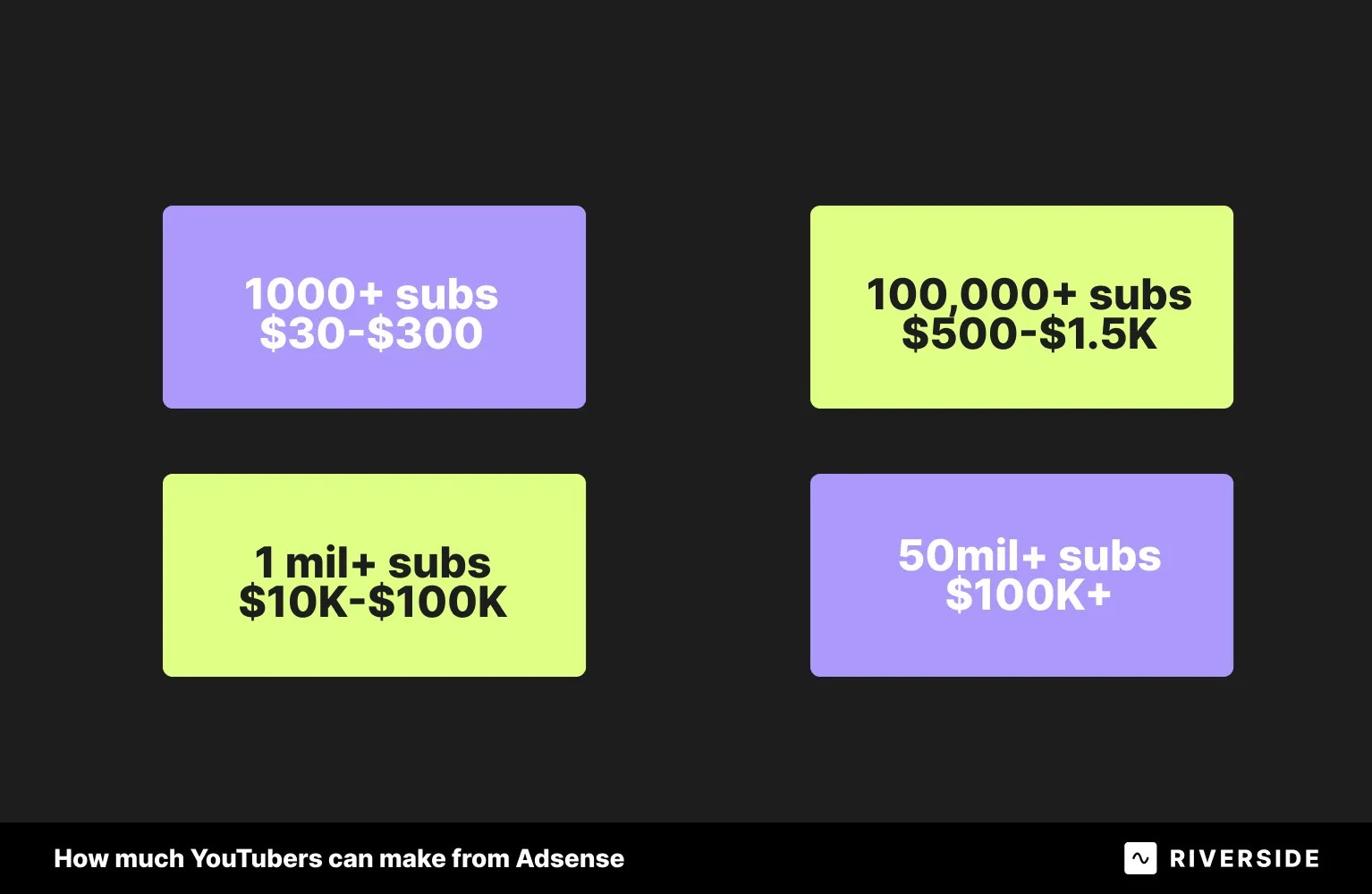
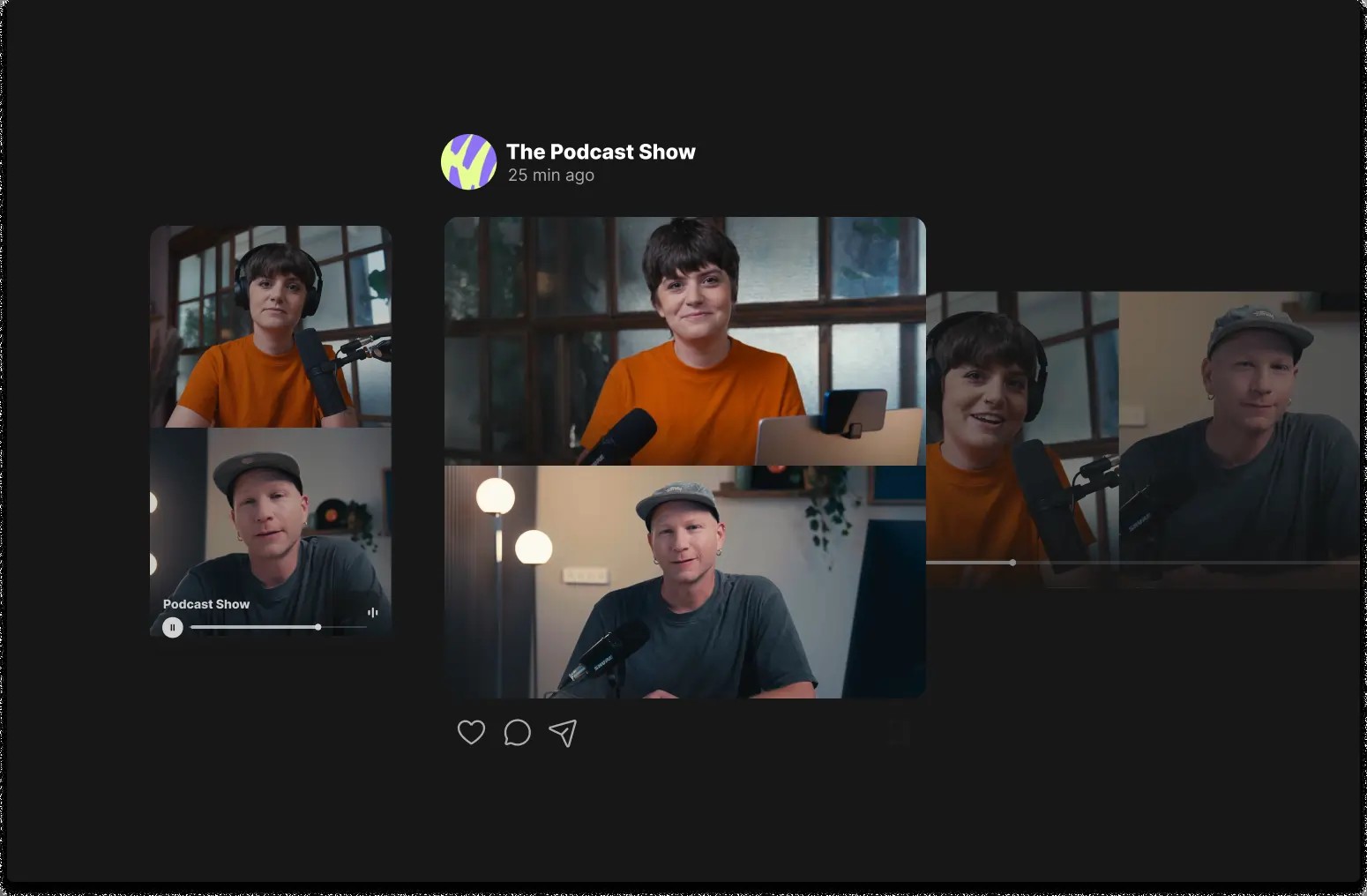
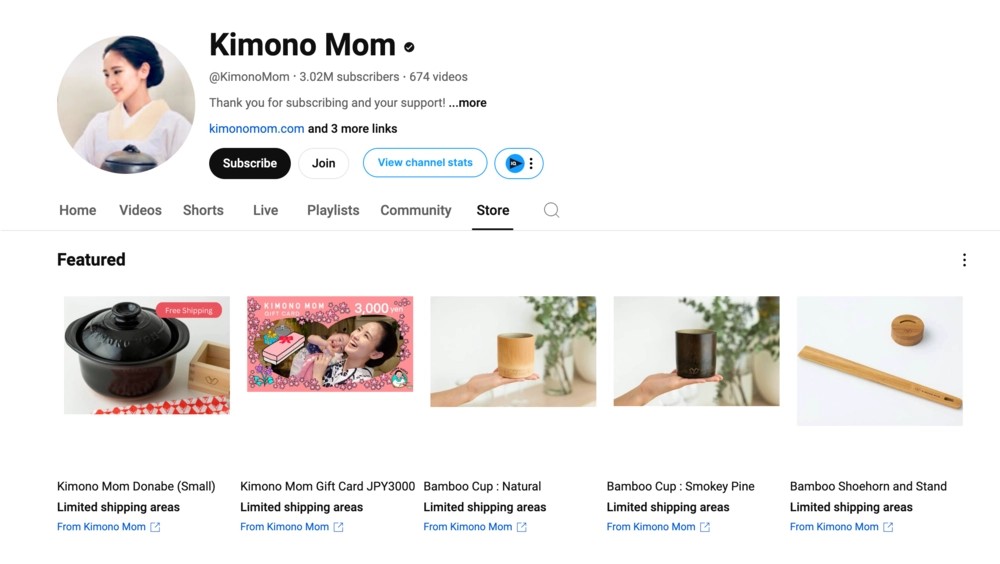
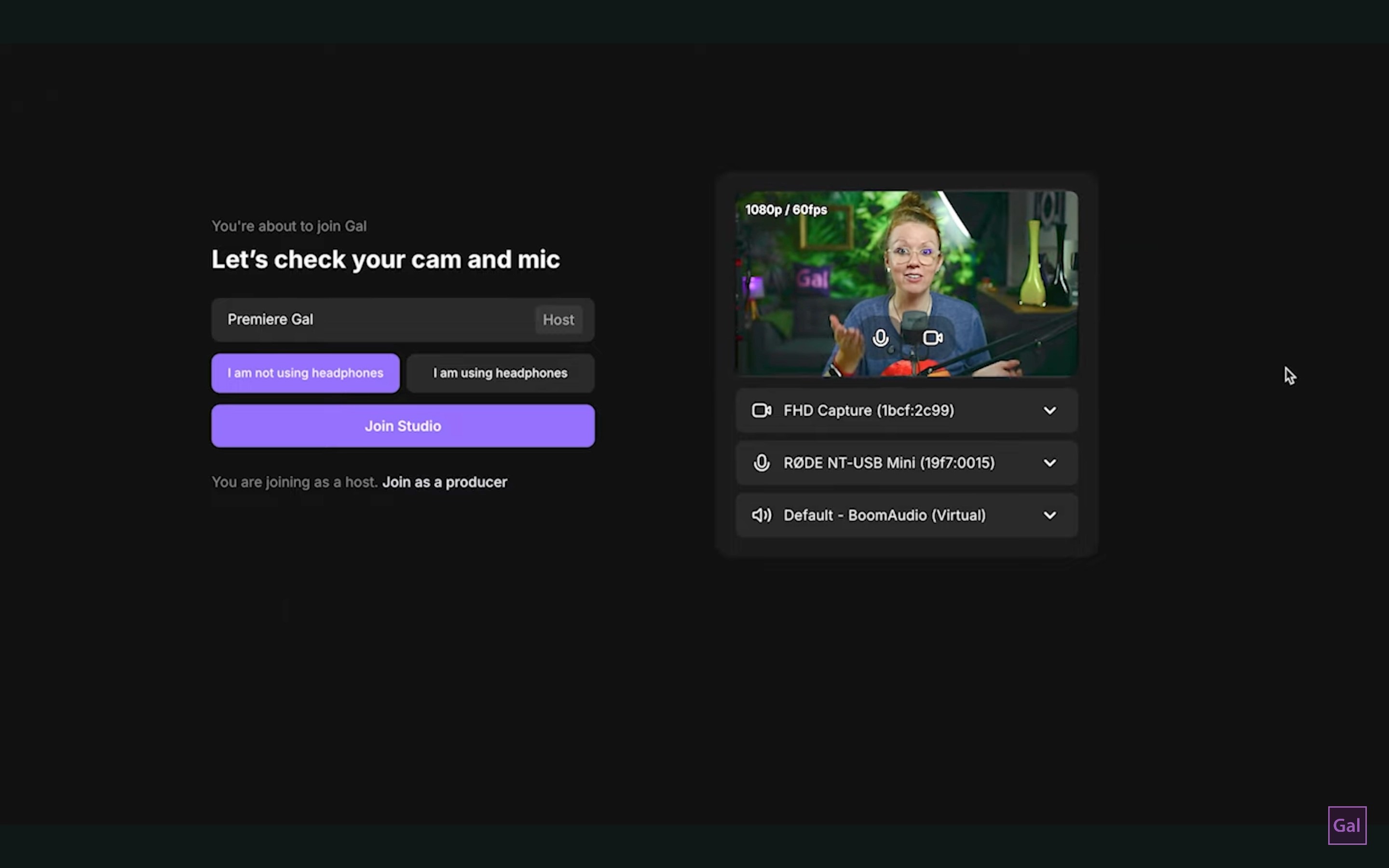
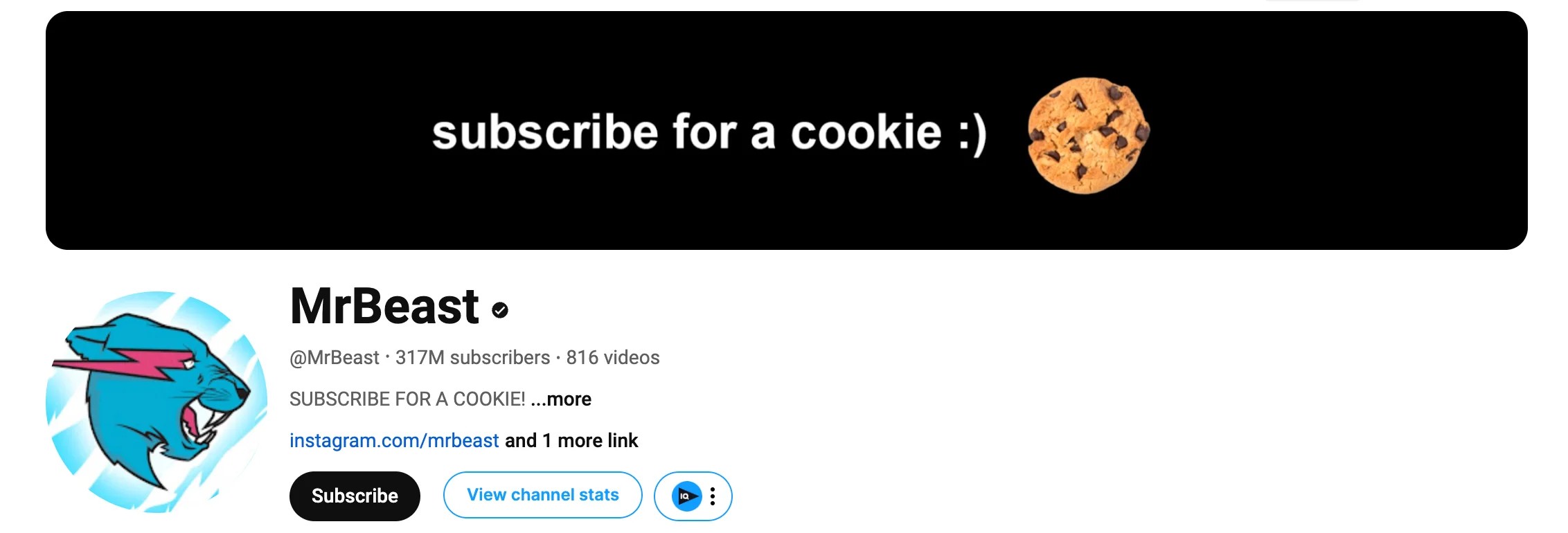
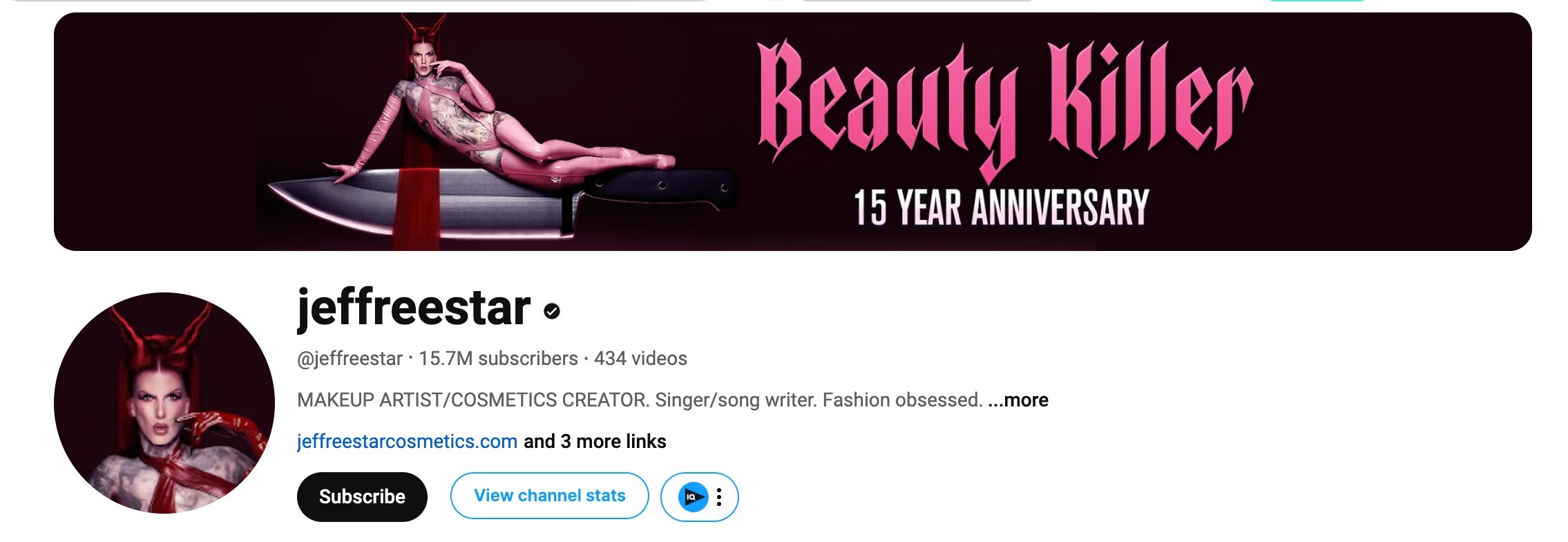
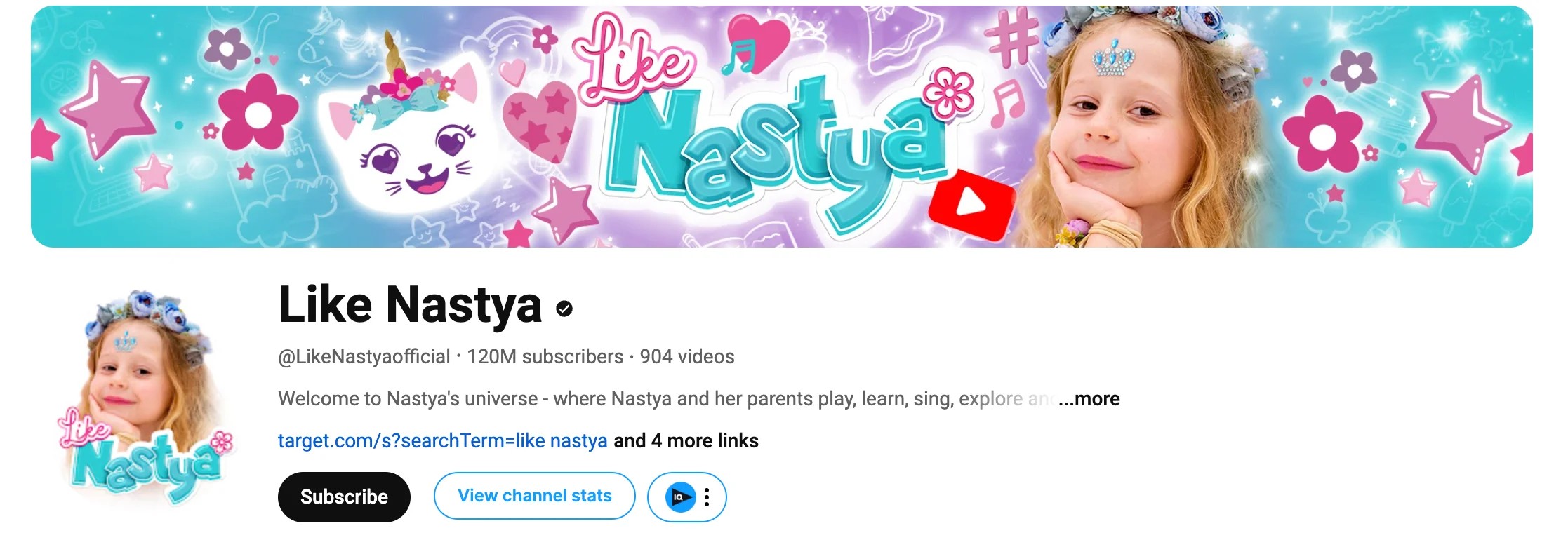
5.1 MrBeast
Channel: @MrBeast
Subscribers: 314 million
Topic: Challenges, Philanthropy
Annual Income: ~$700 million
James Stephen Donaldson, known as MrBeast, is a leading figure on YouTube. He focuses on extravagant giveaways and elaborate challenges, earning an estimated annual income of $700 million. He has 103 million followers on TikTok, making him the third-most-followed creator on the platform.
5.2 Jeffree Star
Channel: @jeffreestar
Subscribers: 15.8 million
Topic: Makeup, Beauty, Vlog
Annual Income: ~$200 million
Jeffree Star is a multi-talented personality, including a singer, songwriter, model, fashion designer, and makeup artist. His primary source of wealth is Jeffree Star Cosmetics, founded in 2014, which generates $100 million in annual revenue.
5.3 Like Nastya
Channel: @LikeNastyaofficial
Subscribers: 120 million
Topic: Kid content, Toy Reviews, Edutainment
Annual Income: ~$106 million
Anastasia Sergeyevna Radzinskaya, known as Like Nastya, is a 10-year-old YouTuber and one of the wealthiest children globally. Her channel features simple, fun, and educational content, including songs, play clips, and toy unboxings.
6. FAQs About YouTuber Earnings
6.1 Who is the highest-paid YouTuber?
As of 2024, MrBeast (Jimmy Donaldson) is the highest-paid YouTuber, with an estimated annual income of $700 million. His videos regularly garner around 100 million views, generating substantial ad revenue.
6.2 Can YouTubers make money through memberships or Patreon?
Yes, YouTube offers a Channel Membership feature that allows fans to support their favorite creators directly through monthly subscriptions in exchange for exclusive content or perks. Additionally, YouTubers can earn through memberships or donations on platforms like Patreon.
6.3 What is YouTube Premium, and how does it affect earnings?
YouTube Premium is a subscription service that allows viewers to watch ad-free videos. Creators still earn revenue from Premium users based on the watch time their content receives.
6.4 Do YouTubers earn differently from Shorts compared to regular videos?
Yes, YouTube Shorts monetization operates differently. Shorts have a dedicated fund that collects money from ads viewed between them. This fund is distributed to eligible creators based on views, unlike the direct ad revenue model of regular videos.
6.5 How much does a YouTuber with 1 million subscribers make?
Earnings for a YouTuber with 1 million subscribers vary widely, ranging from $40,000 to $500,000 annually. The actual income depends on factors such as video frequency, engagement, audience demographics, and niche. Hypothetically, if all subscribers watched a new video weekly, earnings could reach $950,000 per year.
6.6 How many YouTube subscribers do you need to make $2,000 a month?
Approximately 400,000 to 800,000 monthly views could generate $2,000 in ad revenue. However, earnings also depend on affiliate marketing and sponsorships. With brand deals, even channels with 15,000 to 20,000 subscribers have the potential to reach this income level.
6.7 Is being a YouTuber a high-paying job?
While top YouTube creators can earn millions, the vast majority of YouTubers earn little to no income. Only 0.3% of accounts have 100,000 subscribers or more.
Navigating the complexities of YouTube monetization can be challenging. Many aspiring content creators struggle to understand the various factors that influence their earning potential. They often find it difficult to build a strong subscriber base, optimize their videos for maximum revenue, and diversify their income streams. Finding reliable advice and expert guidance can be overwhelming, leading to frustration and missed opportunities.
At HOW.EDU.VN, we understand these challenges. We connect you with top-tier experts who can provide personalized guidance to help you succeed on YouTube. Our team of over 100 renowned PhDs offers invaluable insights and strategies tailored to your specific needs. We provide expert advice on:
- Building a strong subscriber base: Learn proven techniques to attract and retain viewers.
- Optimizing video content: Maximize your revenue through strategic ad placements and engagement tactics.
- Diversifying income streams: Explore various monetization methods, including affiliate marketing, merchandise sales, and brand sponsorships.
Don’t navigate the world of YouTube monetization alone. Let our experts at HOW.EDU.VN guide you to success.
Contact us today for personalized advice and unlock your full potential on YouTube:
Address: 456 Expertise Plaza, Consult City, CA 90210, United States
WhatsApp: +1 (310) 555-1212
Website: how.edu.vn
